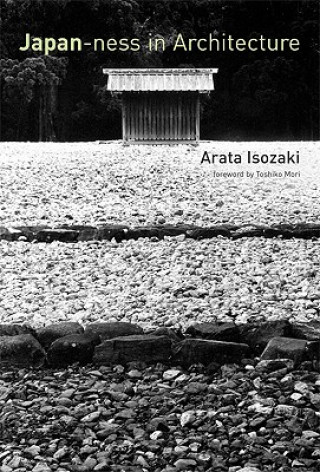
Kód: 04365372
Japan-ness in Architecture
Autor Arata Isozaki
Japanese architect Arata Isozaki sees buildings not as dead objects but as events that encompass the social and historical context -- not to be defined forever by their "everlasting materiality" but as texts to be interpreted and ... celý popis
- Jazyk:
 Angličtina
Angličtina - Vazba: Brožovaná
- Počet stran: 376
Nakladatelství: MIT Press Ltd, 2011
- Více informací o knize

702 Kč

Skladem u dodavatele v malém množství
Odesíláme za 10-14 dnů
Potřebujete více kusů?Máte-li zájem o více kusů, prověřte, prosím, nejprve dostupnost titulu na naši zákaznické podpoře.
Přidat mezi přání
Mohlo by se vám také líbit
-

Araki: Tokyo Lucky Hole
616 Kč -

New Japan Architecture
853 Kč -

tHE Complete Zaha Hadid
810 Kč -
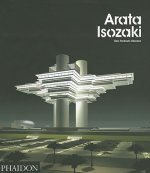
Arata Isozaki
2564 Kč -
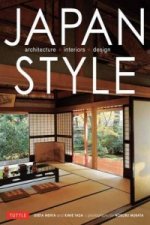
Japan Style
1082 Kč -

Jutaku, Japanese Houses
452 Kč -
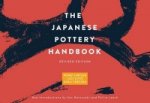
Japanese Pottery Handbook
517 Kč -

Lying Numbers
410 Kč -
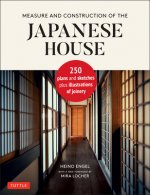
Measure and Construction of the Japanese House
397 Kč -

Vincent Van Duysen Works 1989-2009
1345 Kč -
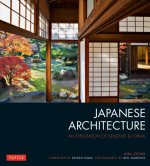
Japanese Architecture
630 Kč -

Lore Olympus: Volume Three
348 Kč -

A Game of Retribution
203 Kč -
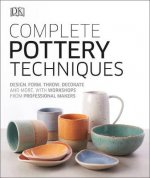
Complete Pottery Techniques
761 Kč -

Wabi-Sabi Welcome
590 Kč -

Thinking Architecture
976 Kč -

Before the Coffee Gets Cold
184 Kč -
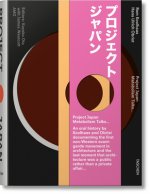
Koolhaas/Obrist. Project Japan. Metabolism Talks
1208 Kč -
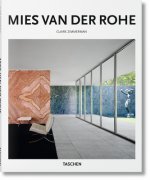
Mies van der Rohe
376 Kč -

Junkspace with Running Room
454 Kč -
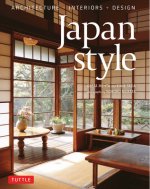
Japan Style
518 Kč -

The Complete Book of Solitaire and Patience Games
256 Kč -

Studio Series Roll-Up Canvas Pencil Wrap
362 Kč -

Healing Architecture
1040 Kč -

2G No. 78: Junya Ishigami
941 Kč -

Unreal Engine 4.x Scripting with C++ Cookbook
1152 Kč -

Machinery's Handbook Toolbox
3295 Kč -

Hidden Japan: A Fragile Landscape of Thatched Villages, Ancient Shrines and Primeval Forests
325 Kč -

Conditional Design
317 Kč -
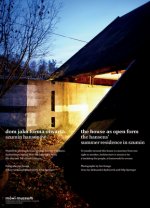
House as Open Form: The Hansens` Summer Resi - Dom jako Forma Otwarta. Szumin Hansenow Szumin Hansenow
875 Kč -

Delirious New York
714 Kč -

Melancholy and Architecture - On Aldo Rossi
1115 Kč -

Magritte
574 Kč -

John Keats
491 Kč -

Koolhaas. Countryside. A Report
505 Kč -

Kenzo Tange: Architecture for the World
1455 Kč -

Middle Egyptian
1429 Kč -

The Unabridged Journals of Sylvia Plath
476 Kč -

Plants and Flowers
765 Kč -

Case for Community Wealth Building
394 Kč -

The Architecture of Happiness
378 Kč -
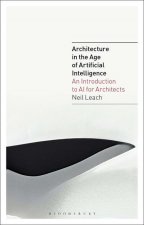
Architecture in the Age of Artificial Intelligence
637 Kč -

Hi, Jack!
266 Kč -

How the Lion Became the King of the Animals: Story and Activity Book
255 Kč -

Corpse Party: Blood Covered, Vol. 2
421 Kč -

Concert Halls and Opera Houses
5453 Kč -

Sandman Volume 11: Endless Nights 30th Anniversary Edition
476 Kč -

Creative Haven Fairy Gardens Coloring Book
153 Kč -

Once Upon a Broken Heart
498 Kč -

Game Boy: The Box Art Collection
1214 Kč -

Electric Idol
345 Kč -

Art Record Covers. 40th Ed.
626 Kč -

Frieren: Beyond Journey's End, Vol. 2
251 Kč -

Book Lovers
268 Kč -

Japan: Its Architecture, Art, and Art Manufactures
771 Kč -

Machine Hallucinations: Architecture & Artificial Intelligence
1090 Kč -

Interaction of Color
419 Kč -

Ten Types of Innovation - The Discipline of Building Breakthroughs
714 Kč -

Grimalkin's Curious Cats Tarot
732 Kč -

Avatar: The Last Airbender: The Promise Library Edition
874 Kč -

In His Own Write & A Spaniard in the Works
410 Kč -
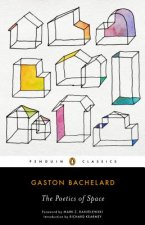
Poetics of Space
356 Kč -

Victorian Women, Unwed Mothers and the London Foundling Hospital
1701 Kč -

Bauhaus
410 Kč -

Fingerprints of the Gods
586 Kč -

Celestial Journal
319 Kč -

It's a Don's Life
342 Kč -

Blue Zones
185 Kč -

Nana, Vol. 21
263 Kč -

Soviet Daughter
368 Kč -

JoJo's Bizarre Adventure: Part 3 - Stardust Crusaders, Vol. 3
436 Kč -

Japanese from Zero! 2
1015 Kč -

Manga in Theory and Practice
493 Kč -

1984
567 Kč -

Atlas of Animal Anatomy for Artists
420 Kč -

Non-Referential Architecture
626 Kč -

Art of Japanese Architecture
518 Kč -

Neural Networks for Babies
236 Kč -

Natural Living Style
574 Kč -

School World Order
498 Kč -

Calatrava. Complete Works 1979-Today
1477 Kč -

Java Concurrency in Practice
1288 Kč -

Fraternitas Saturni
418 Kč -

A Diplomat In Japan
436 Kč -

Faber-Castell Stifterolle leer
574 Kč -

Blanche-Neige
587 Kč -

Mia and me Armband L+S
355 Kč -

Pan Tadeusz
71 Kč -

Najbogatszy człowiek w Babilonie
248 Kč -

Słowiańska magia w praktyce. Wykorzystaj ponad 300 skutecznych i bezpiecznych rytuałów magicznych na miłość, pieniądze, uzdrawianie, zdejmowanie urokó
253 Kč -

Frühes Trauma (Leben lernen, Bd. 270)
869 Kč
Darujte tuto knihu ještě dnes
- Objednejte knihu a zvolte Zaslat jako dárek.
- Obratem obdržíte darovací poukaz na knihu, který můžete ihned předat obdarovanému.
- Knihu zašleme na adresu obdarovaného, o nic se nestaráte.
Více informací o knize Japan-ness in Architecture
Nákupem získáte 70 bodů
 Anotace knihy
Anotace knihy
Japanese architect Arata Isozaki sees buildings not as dead objects but as events that encompass the social and historical context -- not to be defined forever by their "everlasting materiality" but as texts to be interpreted and reread continually. In Japan-ness in Architecture, he identifies what is essentially Japanese in architecture from the seventh to the twentieth century. In the opening essay, Isozaki analyzes the struggles of modern Japanese architects, including himself, to create something uniquely Japanese out of modernity. He then circles back in history to find what he calls Japan-ness in the seventh-century Ise shrine, reconstruction of the twelfth-century Todai-ji Temple, and the seventeenth-century Katsura Imperial Villa. He finds the periodic ritual relocation of Ise's precincts a counter to the West's concept of architectural permanence, and the repetition of the ritual an alternative to modernity's anxious quest for origins. He traces the "constructive power" of the Todai-ji Temple to the vision of the director of its reconstruction, the monk Chogen, whose imaginative power he sees as corresponding to the revolutionary turmoil of the times. The Katsura Imperial Villa, with its chimerical spaces, achieved its own Japan-ness as it reinvented the traditional shoin style. And yet, writes Isozaki, what others consider to be the Japanese aesthetic is often the opposite of that essential Japan-ness born in moments of historic self-definition; the purified stylization -- what Isozaki calls "Japanesquization" -- lacks the energy of cultural transformation and reflects an island retrenchment in response to the pressure of other cultures.Combining historical survey, critical analysis, theoretical reflection, and autobiographical account, these essays, written over a period of twenty years, demonstrate Isozaki's standing as one of the world's leading architects and preeminent architectural thinkers.
 Parametry knihy
Parametry knihy
Zařazení knihy Knihy v angličtině The arts Architecture Theory of architecture
702 Kč
- Plný název: Japan-ness in Architecture
- Autor: Arata Isozaki
- Jazyk:
 Angličtina
Angličtina - Vazba: Brožovaná
- Počet stran: 376
- EAN: 9780262516051
- ISBN: 0262516055
- ID: 04365372
- Nakladatelství: MIT Press Ltd
- Hmotnost: 710 g
- Rozměry: 228 × 153 × 18 mm
- Datum vydání: 25. February 2011
Oblíbené z jiného soudku
-

Herman Hertzberger - Lessons for Students in Architecture
878 Kč -
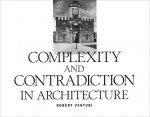
Complexity and Contradiction in Architecture
615 Kč -

Architecture for Kids
541 Kč -
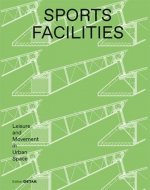
Sports Facilities
1607 Kč -
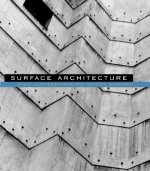
Surface Architecture
1161 Kč -
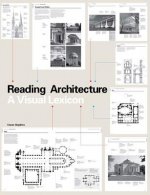
Reading Architecture
646 Kč -
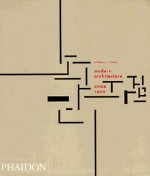
Modern Architecture Since 1900
1327 Kč -

Eyes of the Skin - Architecture and the Senses 3e
997 Kč -

Oxford Dictionary of Architecture
383 Kč -
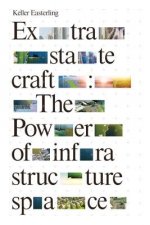
Extrastatecraft
376 Kč -

Design Process in Architecture
677 Kč -

Principles of Roman Architecture
1310 Kč -
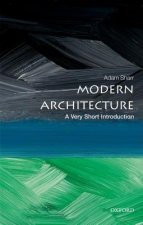
Modern Architecture: A Very Short Introduction
249 Kč -

Introduction to Architectural Theory - 1968 to the Present
1511 Kč -

Paris Haussmann
1295 Kč -
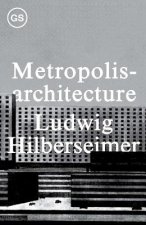
Metropolisarchitecture
549 Kč -
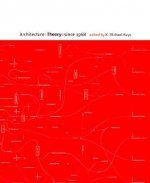
Architecture Theory since 1968
2033 Kč -

Kahn at Penn
1900 Kč -

Experiencing Architecture
1021 Kč -
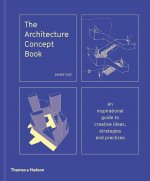
Architecture Concept Book
1082 Kč -
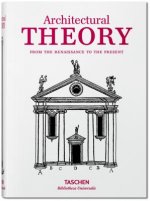
Architectural Theory. Pioneering Texts on Architecture from the Renaissance to Today
695 Kč -
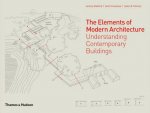
Elements of Modern Architecture
1030 Kč -
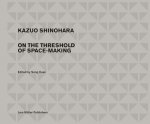
Kazuo Shinohara
1029 Kč -

Aesthetics of Architecture
907 Kč -

Dynamics of Architectural Form, 30th Anniversary Edition
1031 Kč -

Artist's Eye
437 Kč -

Architecture of Nature
1078 Kč -
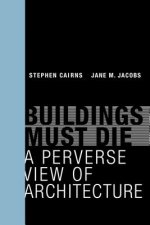
Buildings Must Die
649 Kč -

Architectural Composition
1962 Kč -

Architecture Depends
570 Kč -

Knowledge Matters
765 Kč -

Social Logic of Space
1402 Kč -
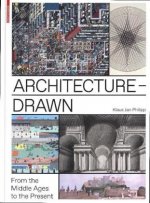
Architecture - Drawn
2454 Kč -
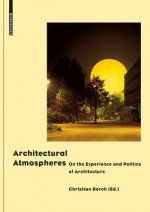
Architectural Atmospheres
714 Kč -

International Space Station
1937 Kč -

Design Thinking
1234 Kč -

Architectural Theory - An Anthology from Vitruvius to 1870 V 1
2530 Kč -
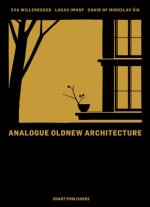
Analogue Oldnew Architecture
3235 Kč -

Architecture
394 Kč -

Louis Kahn
779 Kč -
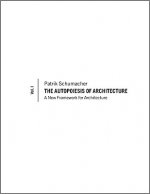
Autopoiesis of Architecture - A New Framework for Architecture V1
1212 Kč -

Herman Hertzberger
1112 Kč -

UnderstandingUnderstanding
1868 Kč -
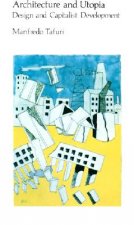
Architecture and Utopia
1161 Kč -
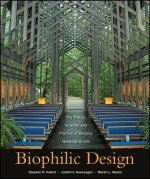
Biophilic Design - The Theory, Science, and Practice of Bringing Buildings to Life
2846 Kč -
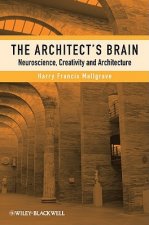
Architect's Brain - Neuroscience, Creativity and Architecture
1078 Kč -

Oxford Dictionary of Architecture
1870 Kč -
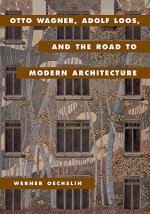
Otto Wagner, Adolf Loos, and the Road to Modern Architecture
3130 Kč -
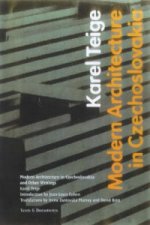
Modern Architecture in Czechoslovakia and Other Writings
1696 Kč
Osobní odběr Praha, Brno a 12903 dalších
Copyright ©2008-24 nejlevnejsi-knihy.cz Všechna práva vyhrazenaSoukromíCookies


 Vrácení do měsíce
Vrácení do měsíce 571 999 099 (8-15.30h)
571 999 099 (8-15.30h)